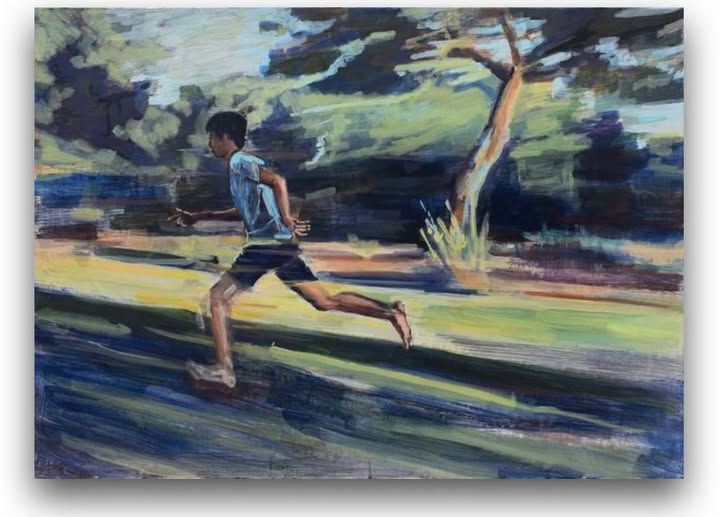The Four Lower Centers; The Moving Center
- smcculley
- Jun 25
- 2 min read
The Four Lower Centers; The Moving Center
‘As if movement signifies life.’ So goes the saying. Without self-remembering movement is simply a linear experience, performed in imagination. Whether its a jaunt from the house to the shops or a rocket ship from the Earth to the Moon or Mars, it all happens on the same unconscious plane of existence.
Just as there are three divisions in the other centers so are there three divisions within the moving center. It should be noted that the the three divisions of the four lower centers correspond to the quality of attention. The mechanical or moving part of a center operates with little or no attention, The emotional part of a center operates with attention drawn to and fixed upon the subject or object. The intellectual part of a center compares its findings and operates using scale and relativity.
Because the moving center and instinctive center operate at similar speeds, they are sometimes confused with each other. All instinctive activities are inherent in the machine. All moving centered activities are learned.
The mechanical part of the moving center is what gets us through our days in relation to tasks that require little or no attention. Who has not misplaced car keys or door keys only to find them in an unexpected place? The mechanical part of the moving center put them down with such little attention, with the result of our ‘forgetting’ where we placed them. Almost every part of our lives are lived through this part of the moving center. Are you present while reading this or are you mechanically skimming through the post?
The emotional part of the moving center is emotional about movement. From baseball to ballet, from ice skating to Formula-One racing, these activities require an emotional element to to perform them.
The intellectual part of the moving center understands spatial relationships. Architects, choreographers, ballet dancers, athletes, electricians, plumbers, carpenters, restaurant workers are all professions that attract moving centered individuals. One example is, when we learn to drive, the intellectual part of the moving center is used. When operating a vehicle has become familiar, the mechanical part is used and we don’t have to ‘think’ about how to drive. The same process occurs with any moving centered activity.
In relation to conscious evolution, one advantage we have is the moving center is probably the most visible of the four lower functions due to it’s proclivity for momentums. In the school we take advantage of this. By placing small inconspicuous obstacles to moving centered octaves, not only do we get to observe this part of the machine, when a mechanical momentum is interrupted, there is also the opportunity to fill the interruption with self-remembering.
Experiment with the following for a day or two; every time you open or close a door do so with your less dominant hand. If you’re right-handed, use your left hand to open the door. Likewise, if you’re left-handed use your right hand. Let us know in the comments your experience.
Running Man, Charlotte Lemaigre Dubreuil, Spain, Saatchi Art









Comments